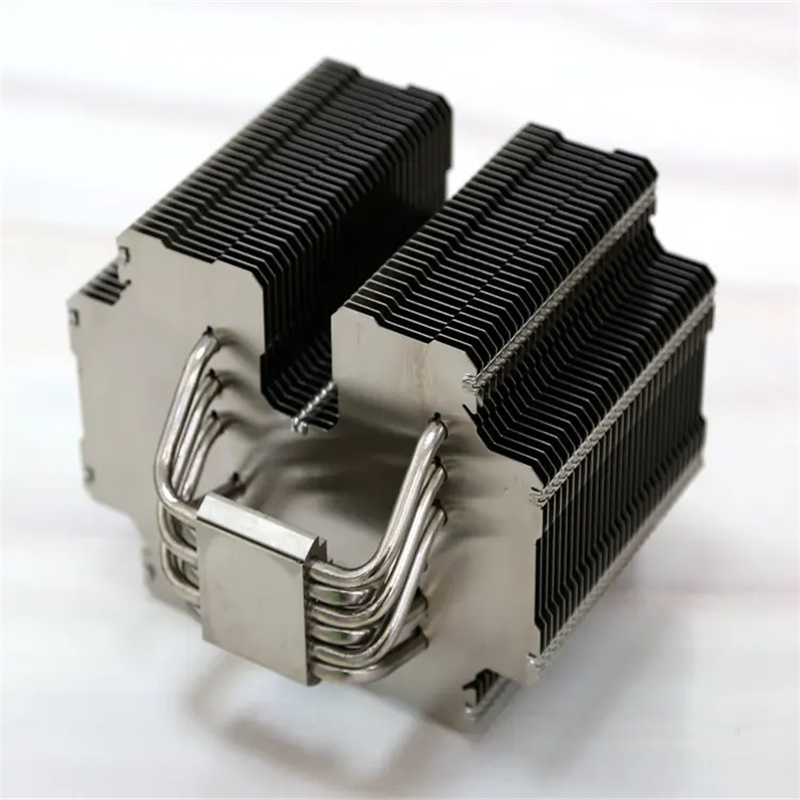When it comes to the surface treatment of die-cast aluminum alloys, acid degreasing is a crucial step. This process helps to remove oil, impurities, and contaminants from the surface of aluminum alloys, providing a clean and well-prepared foundation for subsequent painting, anodizing, or other surface treatments. This article will focus on the acid degreasing technique in the surface treatment of die-cast aluminum alloys, emphasizing its importance and applicable methods.
Why Acid Degreasing is Necessary
Die-cast aluminum alloys are often affected by various contaminants during the production process, such as cutting fluids, lubricants, mold release agents, and more. These oils and impurities adhere to the surface of the aluminum alloy, affecting its appearance and performance. Without effective degreasing, subsequent painting or coating will not adhere securely, potentially leading to coating peeling or uneven application.
In addition to improving appearance and performance, acid degreasing also contributes to enhancing the adhesion of aluminum alloys, ensuring that subsequent painting or anodizing adheres firmly to the surface.
Acid Degreasing Methods
Acid degreasing is a common surface treatment method that efficiently removes oil and impurities from the surface of aluminum alloys. Here are several common acid degreasing methods:
- Acid Immersion: This method involves immersing die-cast aluminum alloy components in tanks containing acidic solutions. Typically, dilute sulfuric acid, hydrochloric acid, or phosphoric acid solutions are used. These acidic solutions effectively dissolve and remove grease and dirt, leaving the aluminum alloy surface clean. Acid immersion requires strict control of parameters to ensure safety and treatment effectiveness.
- Acid Spray: Acid spraying is the method of spraying acidic solutions onto the surface of die-cast aluminum alloys through nozzles. This method is relatively time and resource-efficient, suitable for large-scale production. However, it requires uniform and thorough spraying to ensure consistent degreasing results.
- Acid Wiping: This is a manual or mechanical wiping method using wiping cloths or sponges containing acidic components to directly clean the surface of die-cast aluminum alloys. This method is suitable for small-batch production or situations that require fine control but requires careful handling to avoid skin contact.
Post-Acid Degreasing Treatment
Acid degreasing typically requires post-treatment steps to ensure surface preparation and protection. These treatment methods may include:
- Neutralization: Neutralization is the process of neutralizing acid residues using alkaline solutions or neutralizing agents to prevent harm to the environment. This is an essential environmentally-friendly step.
- Rinsing: Rinsing the surface of die-cast aluminum alloys to remove residual acid solution and chemicals. Rinsing can be done using water or solvents.
- Drying: Drying is a critical step to ensure that the surface of aluminum alloys is well-prepared for subsequent painting, anodizing, or other surface treatments. Drying is typically achieved through air blowing or baking.
Conclusion
Acid degreasing is a crucial step in ensuring the success of surface treatment for die-cast aluminum alloys. It effectively removes grease and dirt, providing a clean and well-prepared foundation for subsequent surface treatments. Different acid degreasing methods can be chosen based on specific application requirements, but regardless of the method used, careful operation is necessary to achieve a clean and pristine surface for die-cast aluminum alloys.
Post time: Nov-16-2023


